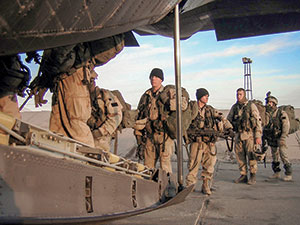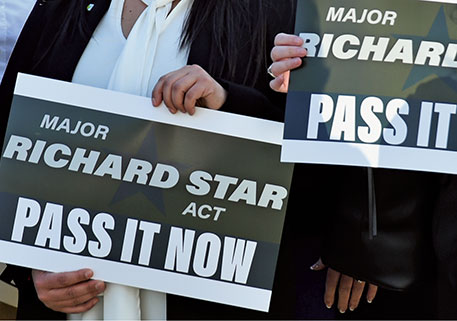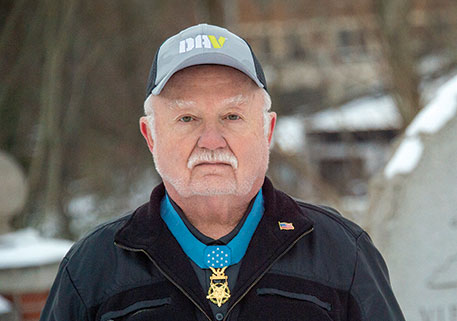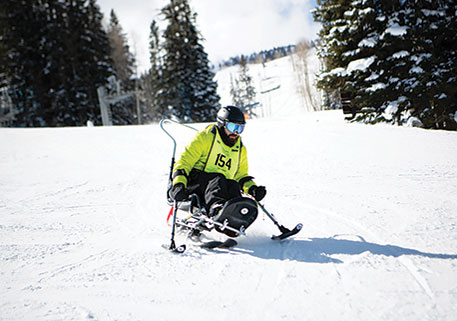
Executive order moves ball forward for K2 veterans, falls short of the goal line
In January, then-President Donald Trump signed an executive order mandating a 10-year study on toxic exposures at the former Soviet base in Karshi-Khanabad, Uzbekistan—or K2—used by thousands of American service men and women in the weeks following the Sept. 11 attacks through 2005.
The base was a hotbed of dangerous chemical weapon remnants, depleted uranium and other hazardous substances. It was used out of strategic necessity during the initial invasion of Afghanistan. The site teemed with a toxic “black goo” at the feet of those who walked there. Of the roughly 15,000 U.S. troops who occupied or transited the base, many have developed symptoms and illnesses consistent with toxic exposure and radiation, and a 2015 Army study showed the risk of cancer to be 500% more likely among K2 veterans.
Though studies estimate 75% of these veterans will likely develop some type of toxic exposure-related illness, and despite the fact that the Defense Department recently declassified documents showing knowledge of dangerous exposures, the Department of Veterans Affairs continues to deny these veterans needed benefits, as Uzbekistan is not listed under Chapter 38 of the Code of Federal Regulations (CFR) for known toxic exposure sites.
“We were betrayed when we were purposefully forgotten; the environmental surveys classified; and K2 veterans denied even basic recognition that their illnesses and deaths, no matter how disproportionate, were normal,” said Mark Jackson, a K2 Army veteran and legislative director for the Stronghold Freedom Foundation, who helped draft the executive order. “We were all shot on the battlefield; the bullet just moves really slow.”
While the executive order requires the DOD to establish information on known pollutants, locations and exposure time frames at K2, as well as identifying service members who may have been exposed, it fails to create a presumption of exposure for K2 veterans.
“This is a step in the right direction, but we’re far from the finish line,” said Deputy National Legislative Director Shane Liermann. “Recognition of service is one thing, but access to earned care and benefits is another, and DAV intends to continue fighting hard for that.”
According to Jackson, the executive order requires the secretaries of Defense and Veterans Affairs to at least consider adding Uzbekistan to Chapter 38 CFR, which would codify its place next to Afghanistan and allow K2 veterans access to benefits for diseases related to the unique exposures of that base.
But as is historically true with cases of illness due to toxic exposure, time is of the essence.
“The longer we wait for ‘good science,’ the more K2 veterans sicken and die without preventative, palliative care and benefits,” said Jackson. “This is not about compensation necessarily; it is about the ability to be assessed, to receive care and actual recognition that our injuries were caused by toxic exposures.”






